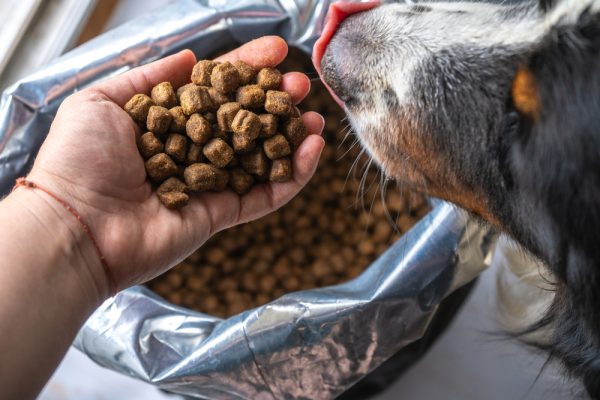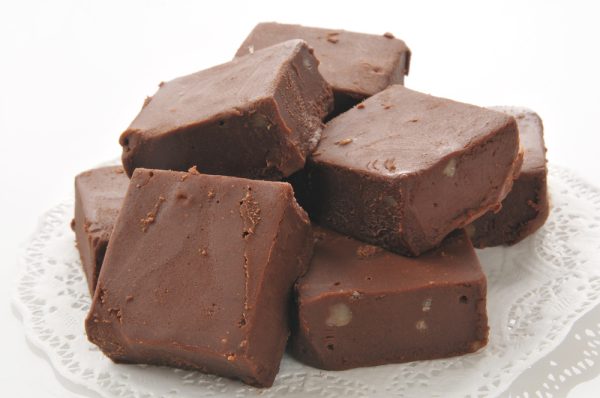Dogs are incredible creatures, bringing love, purpose, and security into our lives. However, finding claw marks on a freshly painted door is disappointing! If you’re a dog owner, you already know that dogs often choose the front door as their “training dummy” and attack it with sharp nails until it’s completely ruined.
Fortunately, it doesn’t take a degree to fix a door, no matter how damaged it might be. To lend you a helping hand, we asked our experts to put together a step-by-step guide on how to make the door look brand-new. We’ll also discuss the most common reasons behind your dog’s scratching habit and how to stop it.

Before You Begin: Getting Everything Ready
Getting the right tools and supplies is crucial. We’re talking about sandpaper, gloves, rags to clean up the mess, and paint, filler, or crayon, depending on the damage. Take a look:
| Tools Required | Products Needed |
| Putty knife | Wood filler |
| Scratch repair pen | Can of paint/stain |
| Wax filler crayon | Hardwood cleaner |
| Sandpaper/sponge | Sheets or dropcloths |
| Paintbrush | Towels and rags |
| Protective gloves | A pack of tack cloths |
Step-By-Step Guide for Fixing a Dog Scratch on a Wood Door
1. Start With Damage Assessment
First, check the door to see exactly what you’re dealing with. Hopefully, the dog didn’t completely ruin it. If the claw grooves are deep, a single layer of paint won’t cut it; you’ll have to buff it out first and then cover the scratches with a wood or wax filler. While you’re at it, check the frame as well. To see everything clearly, grab a rag or towel, apply hardwood cleaner to it, and get to work.

2. Carefully Sand the Door
Sand the door with sandpaper. This removes the blemishes and gets the door ready for painting or staining. Fine or medium-fine grit sandpaper (100–150 grit) is ideal when working on doors. It won’t “eat away” too much of it, and you should be able to remove most scuffs. If the marks are deep, don’t be afraid to use coarse grit (60–80).
Once the scratches are gone, switch back to finer grit and gently go over the surrounding areas.
3. Next, Clean Up the Sawdust
Don’t let all the dust from the sanding settle on the floor. We recommend using a tack cloth to pick up dirt and sawdust particles. It’s designed to have a “spongy” effect and soak up the debris. You can also lay a large piece of cloth on the floor before you get started with the door and cover everything else in the room with sheets and dropcloths.
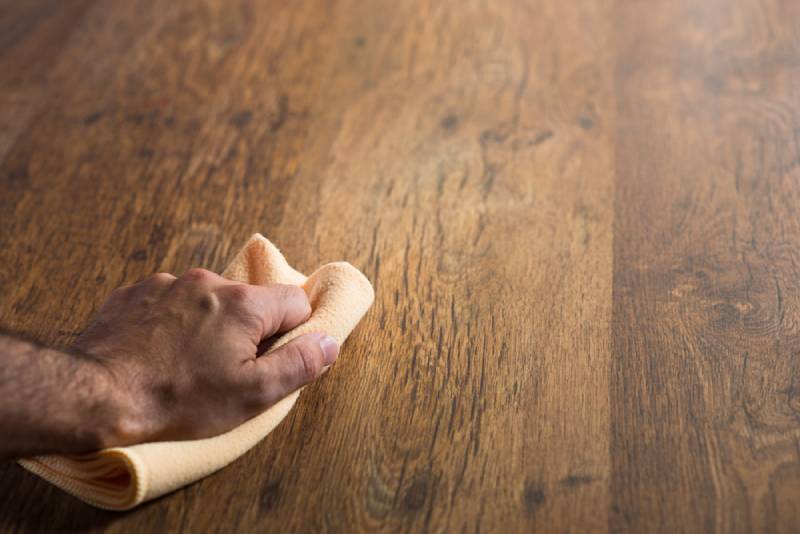
4. Scratch Repair Pen for a Quick Fix
If the dog only chipped away the top varnish or paint layer, use a scratch repair pen. It’s a highly intuitive tool that delivers quick results. Plus, you can buy a whole repair kit for cheap. It will typically come packed with scrapers, markers, brushes, and various filler products. However, it cannot fix deep scratches.
The repair pen will still come in handy if you have old, worn-out cabinets, closets, or chairs with tiny scratches.

5. Wax Filler Crayon to the Rescue
If the repair pen isn’t working, use a wax filler crayon. Warm it up a bit for the best results and carefully go over the damaged areas with a scraper to distribute the filler evenly.

6. Wood Filler for Deep Scratches
Alternatively, you can arm yourself with decent-quality wood filler and a putty knife. This hard-hitting combo easily fixes the deepest scratches. It works very similarly to wax fillers. You apply the product to the damaged areas and spread it out with the knife.
And what about resin? Is it a good match for wood? Yes, epoxy resin is effective at filling holes in wood.
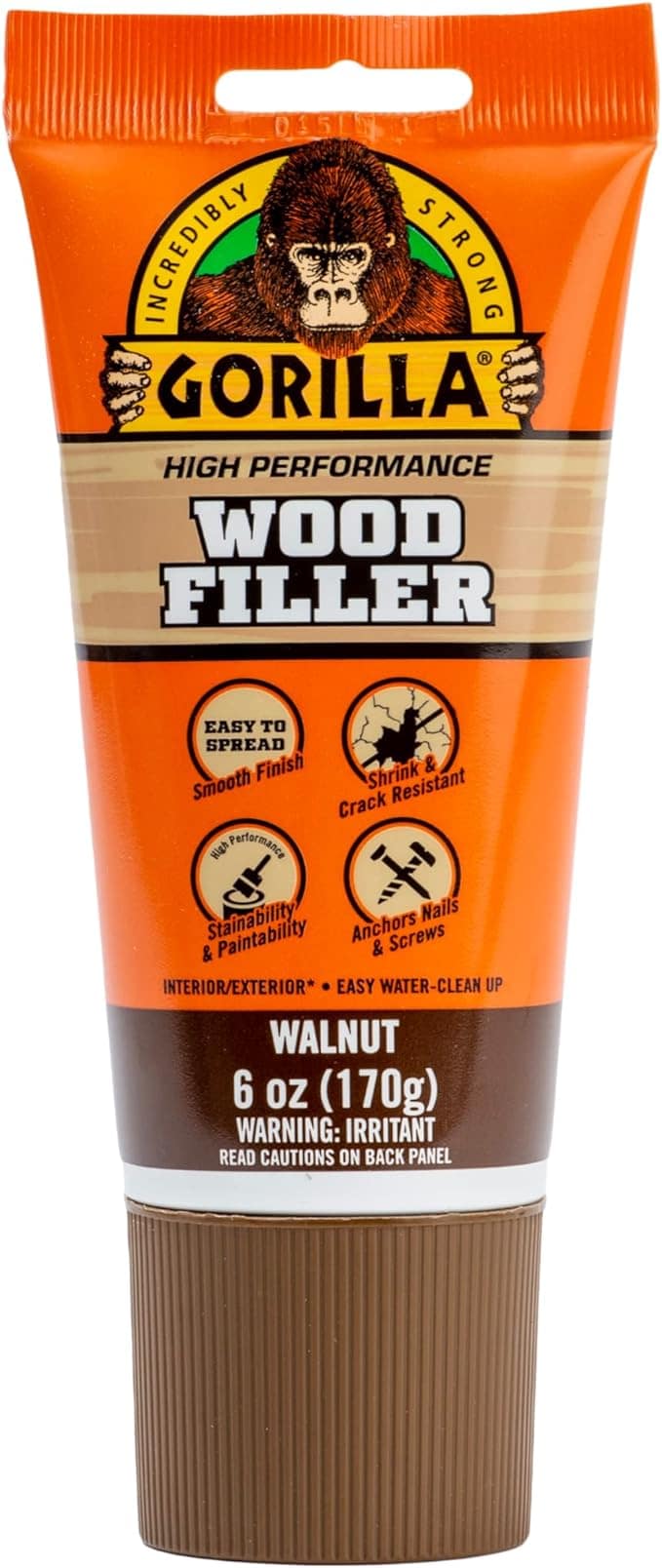
7. Sand the Area One More Time
Give the wood filler an hour or two to dry up (up to 10–12 hours if the scratches are deep), and go over it with sandpaper. The filler won’t be able to blend with the rest of the door without it. As for the grit, treat the wood filler with coarse sandpaper first and then switch to the finest one in your collection. Also, cover the floor and the whole room once again to tackle the sawdust.
If you skip this part, the dust will settle on your furniture, gadgets, and clothes and make it harder for the stain/paint to stick. Use a tack cloth to clean the door.

8. Choose the Right Stain Color
We’re almost there! All that’s left to do is pick the right stain color. The darker the tone, the easier it will be to cover the filler and all the tiny imperfections. On the downside, if the shade is much darker than the rest of the door, the scratched-then-fixed spots will have a hard time blending in. So, a lighter stain might be more appropriate.
9. Apply a Layer of Paint Instead
If you’re unsure about the stain, use a good old can of paint and apply it to the entire door, not just the repaired parts. Doing so will save you hours trying to find the perfect stain that matches the door’s natural color. Lastly, top the paint off with a polyurethane finish and open all the doors and windows for proper ventilation.
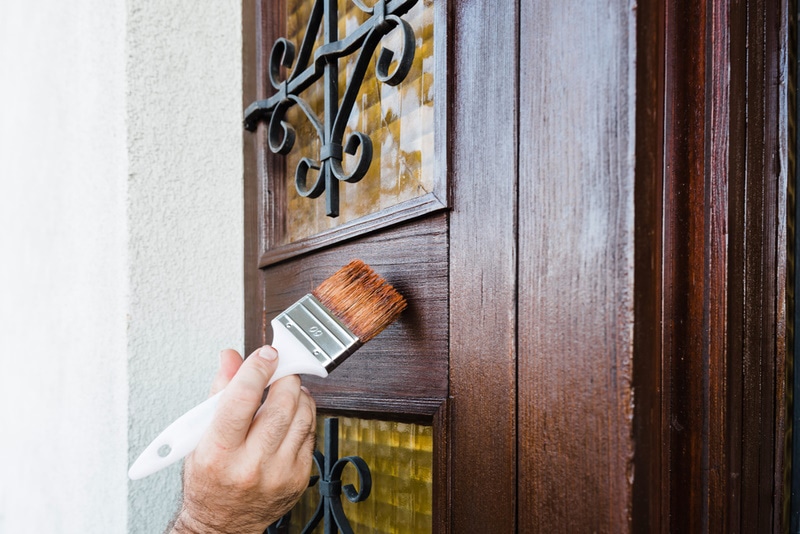
10. Make the Door Dog-Proof
Are you tired of fixing the door whenever the dog leaves scratch marks? Well, why don’t you install a doggie door? However, you’ll need to teach your pup how to use it. Scratch screens are another great idea. They don’t last forever, of course, but they can protect the door.
Pet gates work as well, but only from the inside. To minimize damage, remember to trim your dog’s nails at least once a month.

Why Do Dogs Scratch Doors?
There are a few reasons why dogs scratch on doors.
- They need to get inside ASAP. Dogs often scratch the front door to get inside because of chilly weather, loud, scary sounds, or an urge to get their fair share of hugs and kisses. Pups can be incredibly affectionate and miss you dearly after 30 minutes of playing outside alone.
- Maybe the dog wants to leave. If your dog scratches the door from the inside, they may need to go out for a potty break or to investigate something they heard or saw. This is normal behavior for puppies; adult canines, however, need to learn how to use their voices (barks).
- Hunger or thirst is to blame. When a dog is hungry or wants a bowl of water, scratching is often how it tries to communicate with its human parents. It could be that you frequently get back home from work with a delicious snack, and that’s why your dog is associating the door with food.
- It has to do with separation anxiety. Some canines can’t stand staying away from their favorite humans. Even mature dogs don’t like to be left alone or neglected, especially when they have a strong bond with their owners.
- The dog is burning off energy. Some dogs like being couch potatoes, while others have lots of built-up energy. Unfortunately, they often ruin the front door to burn off steam. Ensuring your dog gets plenty of daily exercise with you can prevent the scratching.
- The dog is restless or anxious. This doesn’t mean they’re in pain, just a bit moody. Sharpening their claws on the door seems fun to some pups, but it’s not as exciting as playing with their human friends. Try to give the pet more attention, and this behavior might stop!
If you would have trouble figuring out what causes your dog to scratch doors or furniture, it is probably to time to ask your vet for help.
If you need to speak with a vet but can't get to one, head over to PangoVet. It's an online service where you can talk to a vet online and get the personalized advice you need for your pet — all at an affordable price!

Conclusion
Dogs like to take their anger out on doors. Some do it because of anxiety, boredom, hunger, and lack of attention, and others scratch the inside of the door when they have to use the bathroom. You must watch your dog closely and find the root of the problem to minimize or eliminate the scratching. It will take time, but in the meantime, you can fix your front door. So, put on your work gloves and use the tips and tricks from our guide to remove your dog’s handiwork!
Featured Image Credit: Pixel-Shot, Shutterstock












